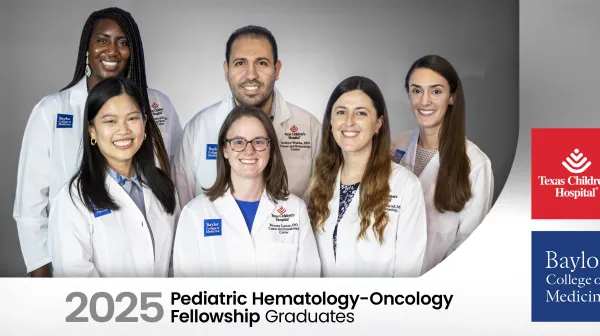Topics
A team of scientists at Texas Children’s Cancer and Hematology Center and the Division of Genomic Medicine in the Department of Pathology at Texas Children’s Hospital has made a groundbreaking discovery in defining a new molecular subtype of liver cancer. While nearly all pediatric liver tumors have historically been classified as either hepatoblastomas (HBs) or hepatocellular carcinomas (HCCs), certain tumors exhibit mixed or overlapping features. Until recently, these tumors (HBs with HCC features, or HBCs) have been classified as HBs, but they are less likely to respond to chemotherapy and their outcomes are significantly worse than other HBs. The Texas Children’s team showed that HBCs have unique histological and molecular features and developed an algorithm to help physicians identify HBC patients that benefit from tailored treatment strategies.
Studying characteristics at the molecular level

Pavel Sumazin, PhD, director of the Bioinformatics Core Laboratory, Dolores Lopez-Terrada, MD, PhD, chief of the Division of Genomic Medicine, and their team performed a comprehensive evaluation of the molecular profiles of pediatric liver tumors. HBs and HCCs are known as the two predominant types of primary pediatric liver cancer. HBs typically occur in young children and have a 5-year overall survival rate approaching 70%. In contrast, HCCs, which typically occur in adolescents and young adults who have underlying genetic, metabolic or inflammatory liver conditions, are associated with a poor prognosis. A small subset of pediatric tumors with mixed histological features, known as hepatocellular neoplasm not otherwise specified (HCN NOS), was recently identified as rare subset of pediatric liver tumors.

The team studied histological, genomic and clinical features of HBs with mixed histological features and showed that these tumors have unique molecular features, including copy number alterations, mutations and dysregulated cancer pathways. They argued that because these tumors have unique biology and do not respond to traditional HB therapies, these tumors should be reclassified as a separate subtype, and they proposed a hybrid histological-molecular diagnostic algorithm for these tumors. The research was published in the Journal of Hepatology and funded by the Cancer Prevention and Research Institute of Texas (CPRIT), the European Union’s Horizon 2020, the Anna Schindler Foundation and the National Cancer Institute.
Implications for treatment
The authors found that HBCs are associated with poor outcomes (defined as relapse or death from disease during a median follow-up of 5.5 years); however, those who had a liver transplant tended to have better outcomes compared with those who had surgery and chemotherapy alone. Since the current standard of care for diagnosing pediatric liver tumors is exclusively based on histopathology, there is likely not an accurate differentiation between HBs, HBCs and HCCs. The study results suggest that HBCs can be histologically recognized and then confirmed by molecular testing. The Texas Children’s Cancer and Hematology Center team’s proposed diagnostic algorithm serves to identify HBCs and guide optimal treatment strategies, such as aggressive early interventions and transplant referral when complete resection isn’t an option.
These findings help highlight the importance of molecular testing for more precise diagnosis, accurate risk stratification and optimal treatment selection, particularly for aggressive cancer subtypes.
Learn more about Texas Children’s cancer research at texaschildrens.org/cancer.





